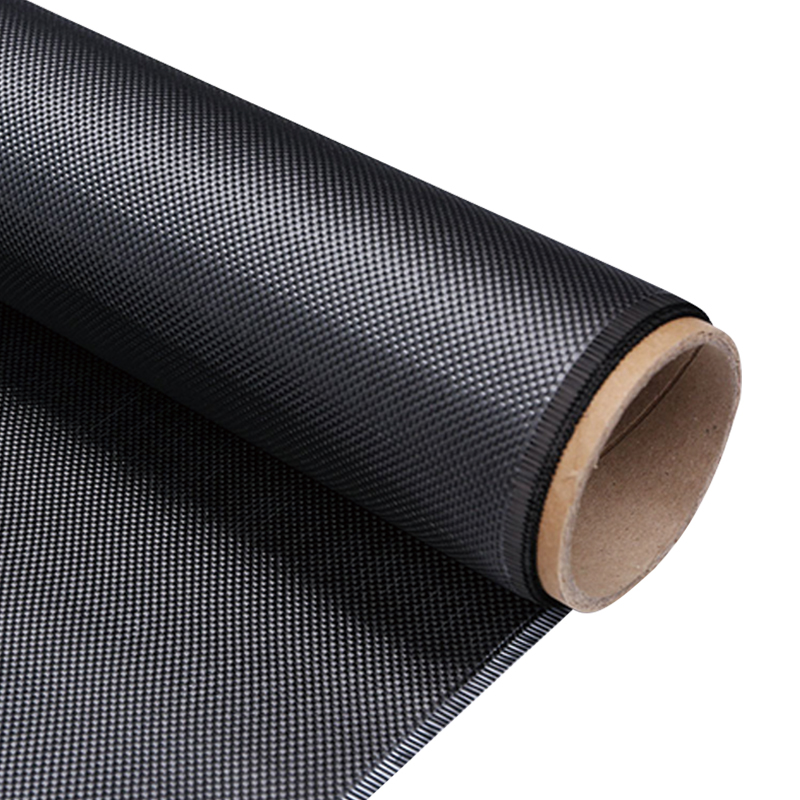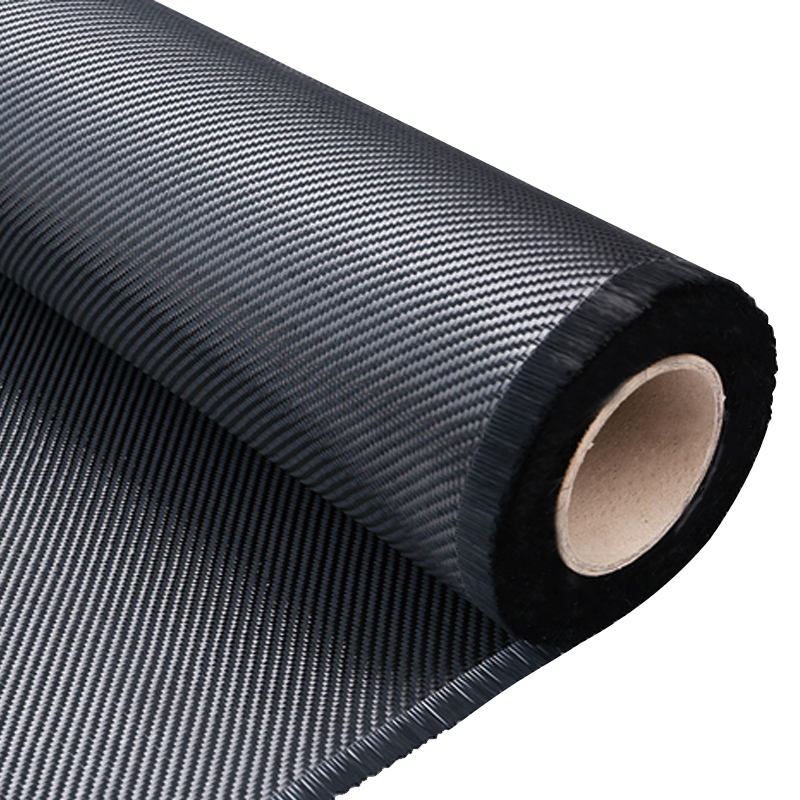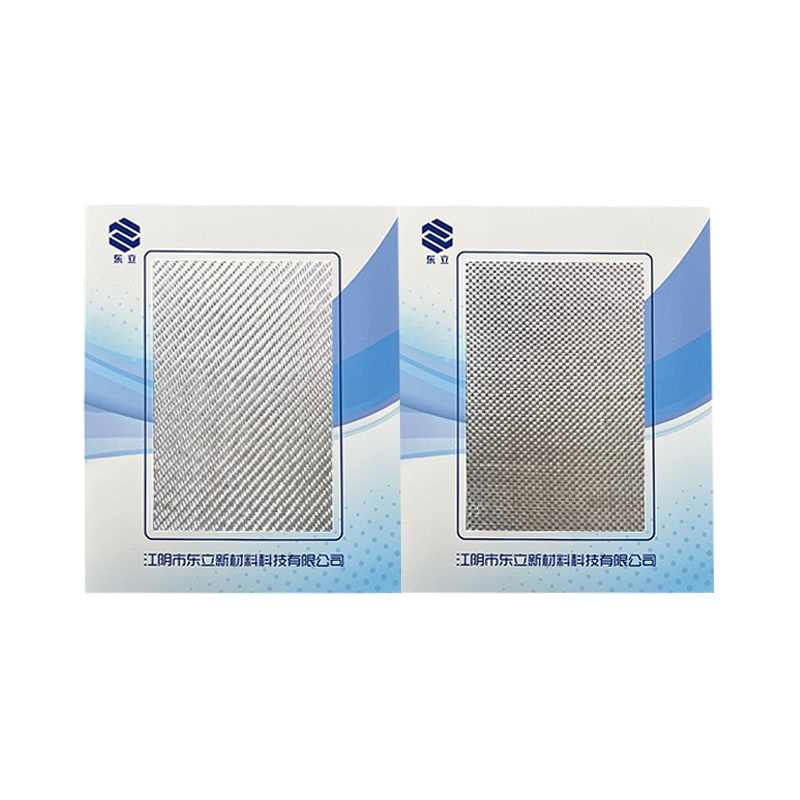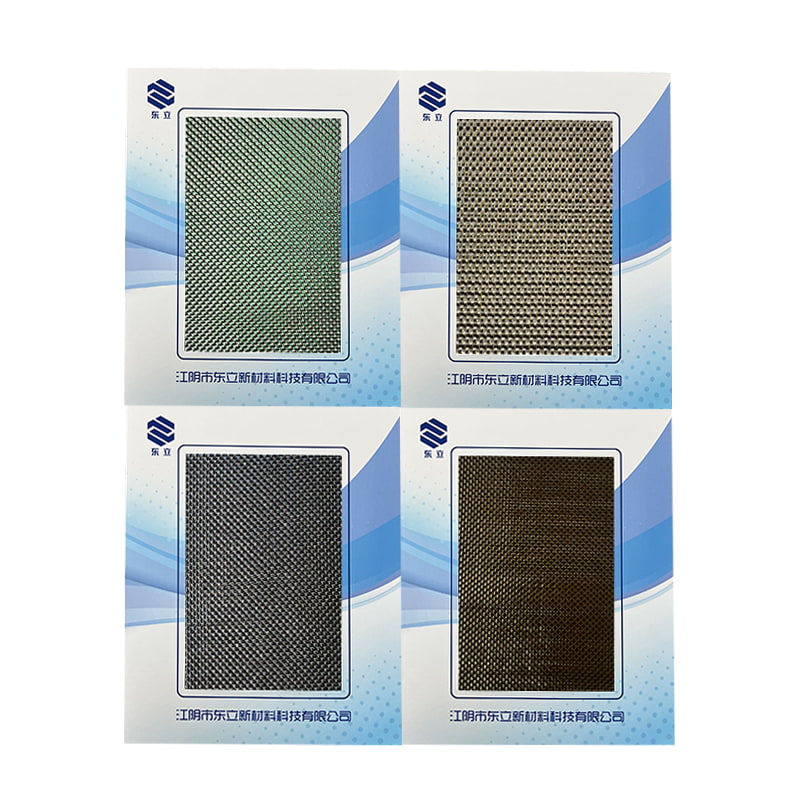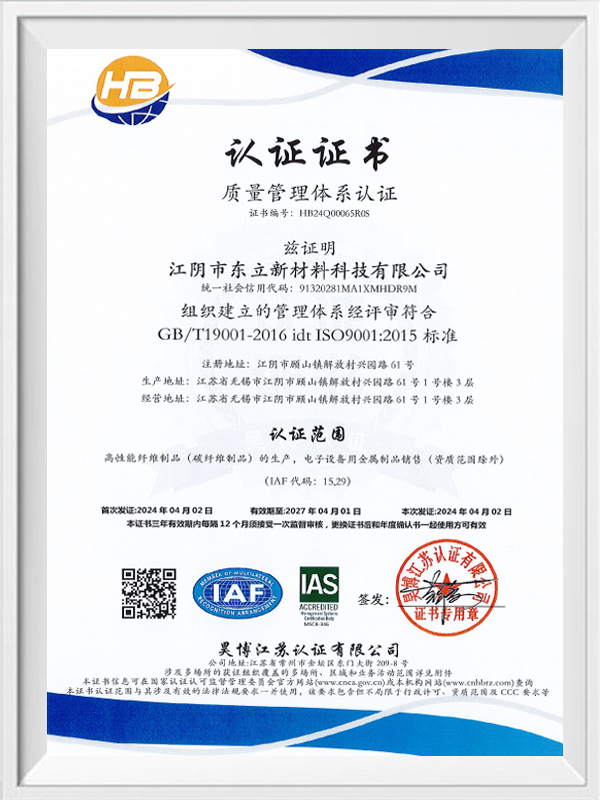When manufacturing basalt fiber woven fabric, what kind of surface treatment process can be used to improve its wettability with resin?
Alkali treatment: Basalt fiber woven fabric is treated with alkali solution of a certain concentration. For example, the woven cloth can be soaked in a sodium hydroxide solution with a concentration of 5% - 10% for a period of time, generally about 30 - 60 minutes. The alkali solution will react with impurities and some oxides on the fiber surface, remove surface pollutants such as oil and dust, and roughen the fiber surface, increase the specific surface area, and facilitate better adhesion and penetration of the resin, thereby improving wettability. When processing high-performance fiber composite materials, attention should be paid to the fine processing of each link. Alkali treatment may also be used for the pretreatment of basalt fiber woven fabric to improve its subsequent bonding performance with resin.
Silane coupling agent treatment: Silane coupling agent can form an organic coating on the fiber surface, and its molecular structure contains groups that can react with the hydroxyl groups on the fiber surface and groups that can react with the resin. First, prepare a solution of a certain concentration of silane coupling agent, usually 1% - 5%, and then soak the basalt fiber woven fabric in it for about 15 - 30 minutes, then take it out and dry it or dry it at low temperature. After such treatment, a chemical bond is formed between the fiber surface and the resin, which greatly improves the wettability and bonding strength of the two. When developing high-performance fiber composite materials, various technologies for improving the bonding performance of fibers and resins have been studied in depth. Silane coupling agent treatment technology may also be one of the important means to improve the wettability of basalt fiber woven cloth with resin.
Plasma treatment: The high-energy particles generated by plasma are used to bombard the surface of basalt fiber woven cloth. In the low-pressure plasma equipment, an appropriate amount of argon, oxygen and other gases are introduced, and then the woven cloth is treated. The processing power is generally 100 - 500W, and the processing time is 1 - 10 minutes. This treatment method can remove the weak boundary layer on the fiber surface, introduce polar groups, activate the fiber surface, increase the surface energy, and thus improve the wettability with the resin. Jiangyin Dongli New Materials Technology Co., Ltd., as an enterprise focusing on the comprehensive development and production of high-performance fiber composite materials, may use advanced plasma treatment technology to improve product performance, and this is no exception when processing basalt fiber woven cloth.
When preparing metallic thread carbon fiber woven fabric, how to control the hot pressing process parameters to ensure the composite effect?
Temperature control: Hot pressing temperature is one of the key factors affecting the composite effect. For metallic thread carbon fiber woven fabric, the hot pressing temperature is generally between 150-250℃. Within this temperature range, the resin can fully melt and flow, better infiltrate the metal wire and carbon fiber, and at the same time make the resin cross-linked to form a stable three-dimensional network structure, thereby improving the mechanical properties of the composite material. If the temperature is too low, the resin will not melt sufficiently, the infiltration effect will be poor, and the bonding strength of the composite material will be low; if the temperature is too high, it may cause problems such as resin decomposition, metal wire performance changes, and carbon fiber damage. When producing composite products, having a precisely controlled production environment, including a constant temperature workshop, helps to accurately control the hot pressing temperature and ensure the stability of product quality.
Pressure control: The hot pressing pressure is usually between 0.5-5MPa. Appropriate pressure can make the metal wire and carbon fiber arrange closely, exclude air and excess resin, and improve the density and bonding strength of the composite material. If the pressure is too small, the fibers and metal wires in the woven cloth are not tightly bonded, and pores and defects are prone to occur; if the pressure is too large, it may cause fiber deformation, metal wire damage, and mold wear. From RTM to hot pressing curing, we have a variety of precision molding technologies, and can accurately control the pressure parameters in the hot pressing process to ensure that the composite material achieves good mechanical properties and smooth surface effects.
Time control: The hot pressing time is generally 10-60 minutes. If the hot pressing time is too short, the resin cross-linking reaction is incomplete, and the performance of the composite material cannot reach the best; if the time is too long, it will not only reduce production efficiency, but also may have an adverse effect on material properties. In actual production, it is necessary to determine the optimal hot pressing time through experiments based on factors such as the specific resin system, the type of fiber and metal wire, and the structural requirements of the product. Jiangyin Dongli New Materials Technology Co., Ltd. has expertise in product, mold and layer design, and can reasonably adjust process parameters such as hot pressing time according to different product requirements to provide solutions for complex challenges.
Heating and cooling rate control: The heating rate is generally controlled at 5 - 15℃/min. Slow heating can make the resin, fiber and metal wire fully react and avoid internal stress caused by rapid temperature changes. The cooling rate should not be too fast, usually controlled at 5 - 10℃/min to prevent cracks and deformation inside the composite material. Jiangyin Dongli New Materials Technology Co., Ltd.'s advanced production equipment and strict quality control system can ensure precise control of the heating and cooling rates during the hot pressing process to ensure that each product meets industry standards.
 English
English
 中文简体
中文简体 عربى
عربى Tiếng Việt
Tiếng Việt

